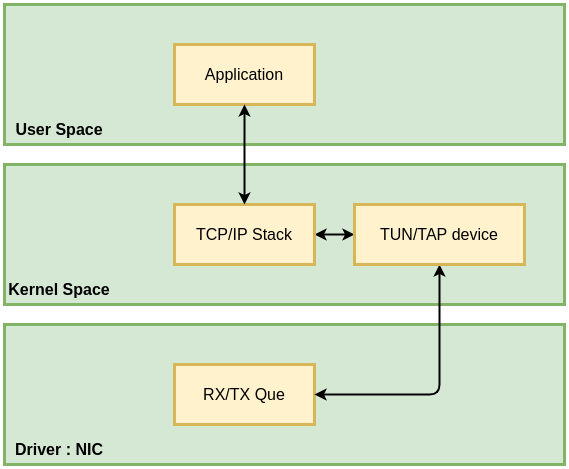Memory management is a core aspect of the Linux kernel, ensuring optimal allocation and management of both physical and virtual memory. This complex and highly optimized subsystem is responsible for handling memory requests from processes, allocating and freeing memory efficiently, and ensuring smooth system performance even under heavy memory pressure.
Key Components of Linux Memory Management:
Virtual Memory:
- Linux employs a virtual memory system, providing processes with the illusion of having a private memory space. This allows more processes to run concurrently than physical memory would otherwise allow by swapping inactive portions of memory to disk as needed.
- Virtual memory enables memory isolation, security, and flexible allocation, leading to more efficient utilization.
Paging:
- Both physical and virtual memory are divided into fixed-size blocks called pages (typically 4KB in size). Paging allows efficient management of memory, enabling processes to use memory without needing contiguous physical blocks.
- The kernel uses paging to swap pages between RAM and disk when physical memory runs out, optimizing resource allocation.
Memory Allocation:
- When processes require memory, the kernel handles allocation through functions like
kmalloc()for smaller chunks andvmalloc()for larger, non-contiguous allocations. - Memory can be allocated for short-term (stack memory) or long-term purposes, and the kernel ensures efficient management to minimize fragmentation and maximize availability.
Kernel Space and User Space:
- Linux divides memory into kernel space and user space. Kernel space is reserved for running the core OS functions, kernel extensions, and device drivers, whereas user space is for user-mode applications.
- The separation ensures security and stability, as user processes cannot directly access kernel space.
Memory Caching:
- Linux uses various caching mechanisms, such as the page cache, which stores frequently accessed file pages in memory to speed up disk reads. Buffer cache manages disk write operations.
- These caches improve overall system performance by reducing the need for repeated disk accesses.
Memory Overcommitment:
- The Linux kernel supports memory overcommitment, allowing processes to allocate more memory than physically available. This is useful when processes do not use all allocated memory, enabling efficient multitasking and resource sharing.
How Virtual Memory Works:
Memory Segmentation:
- When a process starts, a range of virtual memory addresses is allocated, and divided into chunks called pages. For example, with a 4KB page size, a virtual memory range of 0x0000 to 0xFFFF consists of 16 pages.
Page Tables:
- The kernel maintains page tables for each process, mapping virtual pages to physical memory addresses. When a process accesses a memory address, the page table translates it to the corresponding physical address.
Memory Access:
- When a process reads or writes to memory, the CPU uses the page table to translate the virtual address to a physical one. If a page is not in memory (e.g., swapped to disk), a page fault occurs, prompting the kernel to load the page back into RAM.
Swapping and Demand Paging:
- If physical memory is full, the kernel can swap out less-used pages to disk, freeing up memory for active processes. When swapped pages are accessed again, they are loaded back into RAM. This mechanism, known as demand paging, ensures efficient memory usage by loading pages only when needed.
Translation Lookaside Buffer (TLB):
- To speed up virtual-to-physical address translation, the CPU maintains a TLB, a small cache that stores recent translations. A TLB hit occurs when the required translation is already in the buffer, avoiding a costly page table lookup.
Advanced Memory Management Features:
- Slab Allocator: The kernel manages memory for frequently used objects using slab allocation, reducing fragmentation and improving cache efficiency.
- Huge Pages: To handle large workloads efficiently, Linux supports huge pages, which are much larger than standard 4KB pages, reducing overhead in memory management.
- NUMA (Non-Uniform Memory Access): In multi-CPU systems, memory access times can vary. NUMA optimizes memory allocation based on CPU locality.
Common Commands for Checking Memory Usage:
freeCommand:
- Displays memory usage in a simple format.
$ free -htop and htop:
- Provide a real-time view of running processes and memory usage.
Shows memory, process, and CPU statistics.
$ vmstat and /proc/meminfo:
Displays detailed memory usage statistics.
$ cat /proc/meminfo
Summary:
Memory management in the Linux kernel is a finely-tuned system that optimizes resource utilization through virtual memory, paging, allocation methods, and caching. By leveraging features like demand paging, memory overcommitment, and efficient memory translation with the TLB, Linux ensures stability, performance, and scalability across diverse workloads and hardware configurations.








